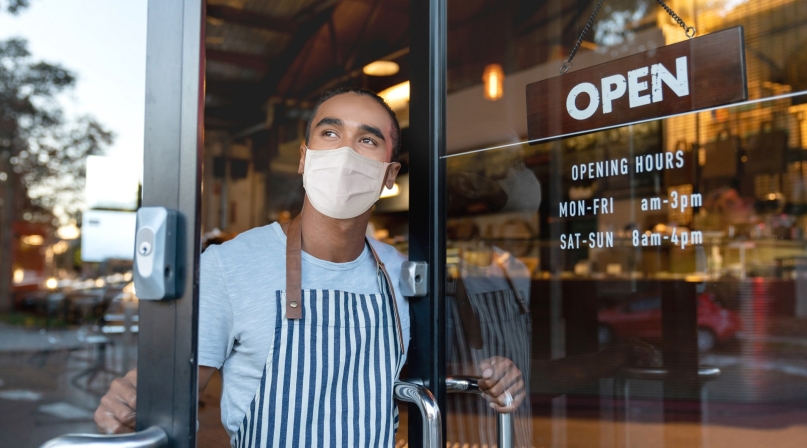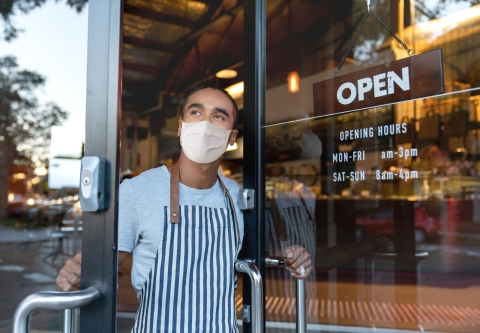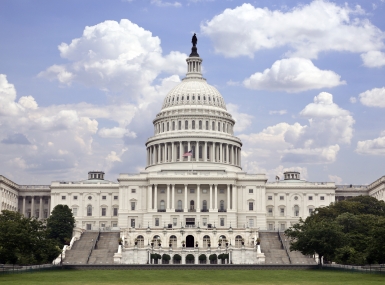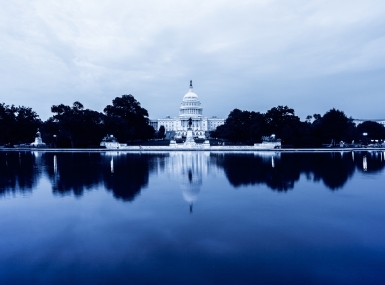Sales tax revenues fluctuate during COVID-19
Author
Upcoming Events
Related News

County sales tax collections are just another element added to the list of items impacted by the COVID-19 pandemic.
Shutdowns, stay-at-home orders and travel restrictions have negatively impacted sales tax revenue for many counties. However, other counties have experienced the opposite effect and have seen many individuals spending money in communities like never before.
The pandemic has had an overall negative impact on sales tax revenue for New York counties, according to Dave Lucas, New York State Association of Counties director of Finance and Intergovernmental Relations.
For about half of the counties in New York, sales tax is the number one source of revenue, he said.
Sales tax collected from March through September is off by around $1.6 billion, Lucas said, noting that this is 16.5 percent of what was expected to be collected over those months throughout the state. Of that $1.6 billion, around $1.2 billion of that loss (21 percent) is specifically from New York City.
Upstate New York counties are experiencing a decline of around $300 million with taxable sales, he said, equivalent to 8 percent below expected rates for that time frame.
When the state went into lockdown in early March, restaurants, mass transit, travel accommodations, auto dealerships and sectors that are key sales tax sources for counties shut down as well.
Tompkins County, an upstate county home to Cornell University, is faring the worst behind New York City in sales tax collections. Lucas said with more students attending school remotely and not holding the same spending power, the county has seen major impacts on sales tax revenue.
“I think one thing we really learned here is the virus is controlling the economy right now and until you control the virus, it’s pretty hard to restore normal economic activity,” he said.
Lucas said impacts from sales tax revenues depend on how counties generate the sales tax. Counties with big box stores like Lowes, Target and Walmart which all remained opened throughout the pandemic, were not hit as hard with losses.
Smaller, rural counties located in upstate New York that were more self-contained are breaking even with sales tax collections compared to last year. Lucas attributes this to how many of these counties rely on tourism. He said the down season the counties typically experience for tourists happened around the same months that the pandemic began, which aided in preventing declines in sales tax collections.
One third of counties through September have broken even with their budgets, according to Lucas.
“It tends to be the smaller, rural counties that are doing better,” he said.
Lucas said many counties are “going on the offense” with economic development for 2021 and working to promote that they are open for business and doing it safely.
“Hopefully we’re going to have a vaccine and things will calm down and the virus will get under control and that will encourage folks to return to normal,” he said.
Many rural counties throughout the Midwest have experienced upward trends in sales tax collections.
Kenosha County, Wis. County Executive Jim Kreuser said the county has had all-time record collections for sales tax revenue in the months of May, July and August — all during the COVID-19 pandemic.
Kenosha County sales tax receipts through August were over $10 million, equivalent to a 1.75 percent increase when compared to last year, he said.
The county borders Illinois and when shutdowns began in many areas throughout the neighboring state, Kreuser said people flocked to the county.
While there has been less business in the restaurant and bar sector, he said significant increases in online sales, grocery, hardware and certain retail stores are making up for the downturn.
“We didn’t know if it would make up for those other sectors that went down and now the proof is in the pudding that in fact it has and moving forward it’s not going to be a budget issue for this coming budget,” he said.
Kreuser also attributes the increased revenue to added development throughout the county with job growth and capital investments.
“It’s really been an economic boom for Kenosha County and we’re continuing to hit our stride,” he said.
In Hickory County, Mo., Commissioner Keith Mertz said the county is up over $100,000 in sales tax revenue for the month of September compared to last year’s numbers.
“We’ve fared real well,” Mertz said.
Hickory County is a tourist and retirement community and when surrounding areas enacted ordinances, many fled to the county.
Mertz said parks are still open in Hickory County, even though they typically close around October.
He worked with state legislators in June to open parks early and experienced full campgrounds throughout the summer.
While county officials are not planning for an influx next year, Mertz said he believes the county will fare well.
“These people who have bought campers and bought into the camping thing, they’re going to be back,” he said. “It’s definitely brought a lot of eyes to the area, brought a lot of people here that never came here before.”

Attachments
Related News

County Countdown – Dec. 15, 2025
Every other week, NACo's County Countdown reviews top federal policy advocacy items with an eye towards counties and the intergovernmental partnership.

U.S. Congress passes reconciliation bill: What it means for counties
On July 3, the U.S. Congress passed sweeping budget reconciliation legislation.

U.S. Senate passes amended reconciliation bill text: What it means for counties
On July 1, the U.S. Senate narrowly passed their version of sweeping budget reconciliation legislation.
